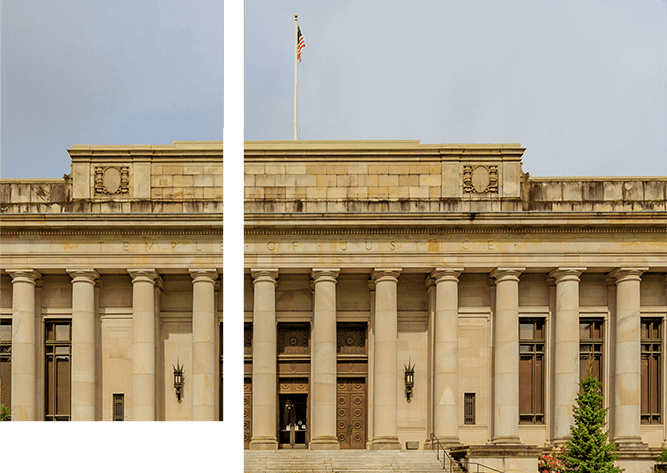Appeals Differ From Trials
An appeal is very different from a Superior Court proceeding. In the Superior Court, the parties present evidence, either through witnesses or through sworn depositions and affidavits, and the trial judge or jury decides the facts of the case. The trial judge makes legal rulings and enters a judgment based on the evidence.
With extremely rare exceptions, no new evidence is allowed on appeal. The appellate court reviews the evidence and the judge’s rulings from the Superior Court, and decides if the trial judge made any legal errors in ruling on the case.
The only information considered by the appellate court is the appellate record, which consists of the clerk’s papers, the report of proceedings and the exhibits. The clerk’s papers are selected documents filed in the Superior Court and sent by the Superior Court clerk to the court of appeals at the request of the appellant. The report of proceedings is the word-for-word transcript prepared by a court reporter of the proceedings in the Superior Court. The exhibits are those exhibits admitted into evidence at the trial. The appellate record always includes clerk’s papers, and may or may not include a report of proceedings and exhibits.


